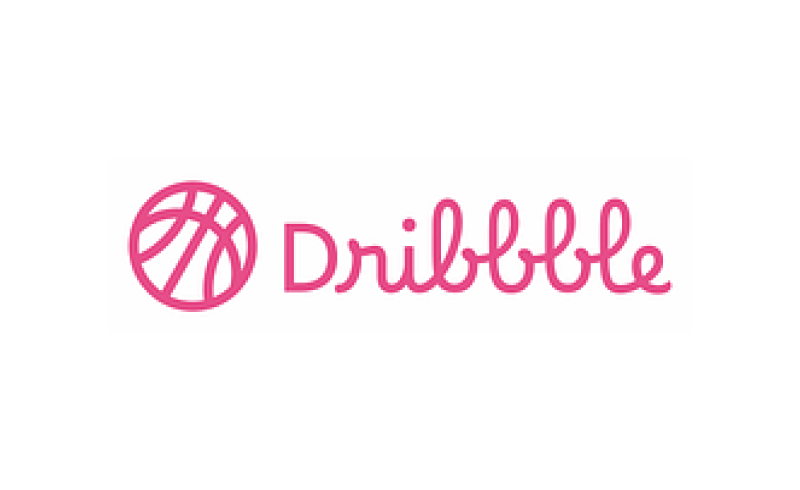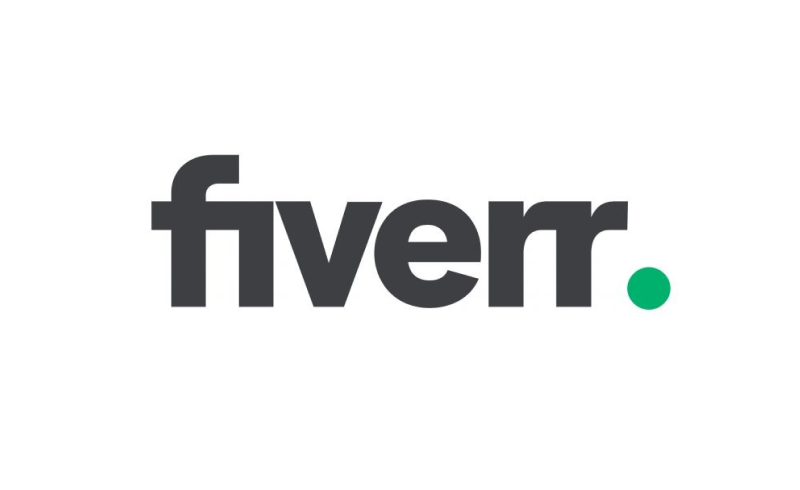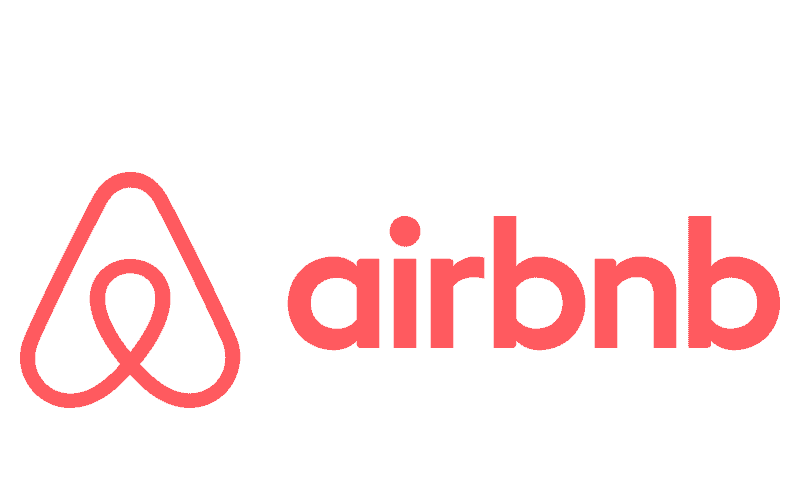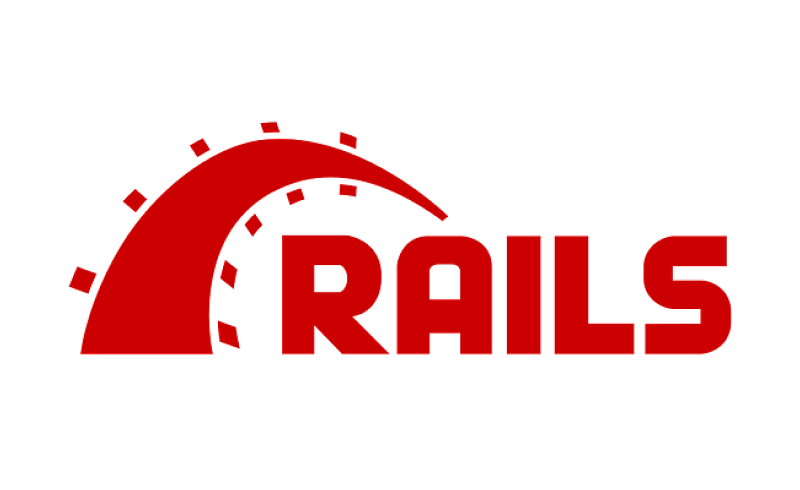Ruby on Rails is a web application framework that has seen quite a trend in the web development community in recent years. Ruby on Rails is particularly known for its convention over configuration approach, which allows developers to set up a new Rails application with minimal setup quickly. Although its usage seems to decline in the last 3 years, Ruby on Rails is still a potential good choice for enterprises and organizations looking to build reliable, secure, and scalable web applications quickly and cost-effectively.
What is Ruby on Rails?
Ruby on Rails is a well-known server-side web application framework that has become quite popular over the last 10 years. It’s built on top of the Ruby programming language and is known for its ease of use, scalability, and flexibility. It’s a full-stack framework that provides default structures for a database, a web service, and web pages.
Rails’ strength lies in its support for the Model-View-Controller (MVC) architecture, which separates code into three distinct layers: models, views, and controllers. This allows developers to focus on specific aspects of the application without worrying about the others, making it easy to organize code and build complex applications.
Rails web apps are also scalable, with built-in support for caching, load balancing, and other techniques that can improve performance and scalability. Ruby on Rails can accomplish many functions, such as maintaining live websites through WebSockets, enqueuing jobs for asynchronous work, storing uploads in the cloud, and providing good security defenses against typical assaults.
Ruby on Rails philosophy
Ruby on Rails follows the principles of “Do Not Repeat Yourself” (DRY) and “Convention over Configuration” (CoC), which are known from other programming frameworks. Rails is often referred to as a boring framework due to its maturity and waning hype, but it remains a viable option for businesses, as evidenced by the over 1.5 million live sites that run on Ruby on Rails.
Convention over Configuration
Convention over Configuration in Ruby on Rails is a development approach that prioritizes standardization and simplification. By adhering to Ruby on Rail’s conventions, developers can save time and streamline the development process. By utilizing a set of defaults and standard conventions, developers can build web applications more efficiently and focus on unique aspects of their applications without having to spend too much time writing code.
Convention over Configuration can help make development more efficient, but it may be challenging for new developers to understand the conventions of the framework. When developers follow the conventions, they can save time and reduce the amount of code needed to build web applications. However, when deviating from the conventions, additional code or configuration may be necessary to achieve the desired outcome.
Don’t Repeat Yourself
A software development principle, “Don’t Repeat Yourself” or DRY encourages developers to avoid repeating the same code or logic in multiple places within their application. This principle is particularly important when working with Ruby on Rails, a web application framework that values simplicity and elegance in its codebase. By adhering to the DRY principle, developers can create more efficient, easier-to-maintain, and scalable applications. DRY is a key tool for developers working with Ruby on Rails, as it helps them achieve clean, concise, and optimized code.
Common methods of DRY implementation in Ruby on Rails are abstractions and inheritance. By abstracting common business logic into a superclass that multiple classes inherit from, developers can eliminate redundancy and simplify their code. Additionally, automation and cross-functional teams can help reduce duplication of effort and improve communication between developers.
Normalization is another useful technique for implementing the DRY principle in database design. This involves removing duplicates from data representations and extracting them into separate entities. This helps maintain data integrity and creates a single source of truth.
While the DRY principle is important, it’s recommended that there is a striking balance between reducing redundancy and introducing unnecessary complexity. In some cases, code duplication may be necessary to avoid adding unnecessary complexity to the system.
“Ruby on Rails can be a good choice for enterprises and organizations looking to build reliable, secure, and scalable web applications quickly and cost-effectively.”
Features of Ruby on Rails
Model-View-Controller
The MVC architecture is widely used for organizing code in Ruby on Rails due to its numerous benefits. The separation of tasks and functionalities allows asynchronous invocation, which improves efficiency and application loading times. This architecture makes it easier to identify and fix bugs, facilitating maintenance and modifications.
The MVC architecture is beneficial for promoting scalability, as it splits code into independent sections, letting different developers work on different parts of the application without having to modify the entire code. This promotes specialized development and efficient collaboration. MVC also logically supports test-driven development (TDD), making it easier to design tests and debug errors. Additionally, the multiple view component of MVC helps boost traffic to the application by generating various URL paths that support SEO strategies
RESTful design
Ruby on Rails has an integrated RESTful design that allows developers to build web services without much hassle. It has become the standard approach in building web services due to its streamlined development process and easier maintenance. The RESTful design principles ensure that enterprises’ web services are scalable, maintainable, and easy to use at all times.
RESTful design in Ruby on Rails offers several benefits for developers. It provides a uniform way to access resources, making data management easier and more efficient. The design also supports caching, which can boost performance by reducing the number of requests sent to the server. Additionally, it can handle a wide range of data formats such as XML and JSON, making it an adaptable solution for both developers and enterprises.
What makes Ruby on Rails a popular choice?
When it comes to developing web applications, there are a wide variety of frameworks to choose from. Ruby on Rails can be a potential good choice for enterprises and organizations looking to build reliable, secure, and scalable web applications quickly and cost-effectively.
Rapid development
Ruby on Rails is based on the principle of convention over configuration, which means it comes with pre-built tools and libraries that allow developers to build applications faster. This makes it easier and quicker for enterprises to develop web applications, reducing time-to-market for new products. Ruby on Rails also offers an intuitive and easy-to-learn syntax, which speeds up the development process even further.
Scalability
Ruby on Rails has a modular architecture that makes it easier to scale web applications as the business grows. This means that enterprises can start small and scale up as needed without having to rewrite the entire application. With Ruby on Rails, scaling is a simple and straightforward process that can be achieved without compromising the quality of the application.
Cost-effective
Ruby on Rails is open-source, which means that enterprises can use it without incurring licensing costs. Additionally, the framework is designed to optimize development time, which reduces development costs. Ruby on Rails also offers built-in tools and libraries that can save time and money by reducing the need for custom development.
Robustness and security
Ruby on Rails comes with a set of built-in security features that help enterprises build secure web applications. This includes protection against common web application vulnerabilities like SQL injection and cross-site scripting (XSS). Ruby on Rails also offers robustness and stability, with a large community of developers who contribute to the framework, ensuring that it’s continuously updated and secure.
Community support
Ruby on Rails can be used to build a variety of web applications, from simple blogs to complex e-commerce sites. This flexibility allows enterprises to use Ruby on Rails for a wide range of applications. Ruby on Rails also integrates well with other web programming languages, making it easy to incorporate into existing technology stacks.
Flexibility
Ruby on Rails can be used to build a variety of web applications, from simple blogs to complex eCommerce sites. This flexibility allows enterprises to use Ruby on Rails for a wide range of applications. Ruby on Rails also integrates well with other web programming languages, making it easy to incorporate into existing technology stacks.
Who uses Ruby on Rails?
Many small to medium-sized businesses and organizations have used Ruby on Rails to build web applications that are scalable, maintainable, and efficient. In this section, we’ll take a closer look at who uses Ruby on Rails and why it has become such a popular choice among businesses of all sizes.

Dribble is a popular online community where designers and creatives can showcase their work, connect with other designers, and find job opportunities. The platform allows users to share screenshots of their designs, interact with other users through comments and likes, and even find work opportunities through the job board.

Fiverr is an online marketplace that connects freelancers with businesses and individuals who need their services. Similar to Airbnb and Dribbble, Ruby on Rails provides a wide range of features and tools that enable Fiverr developers to build web applications quickly and efficiently.

Airbnb is a platform providing lodging services to millions of people worldwide. It includes millions of listings and hosts offering accommodations in more than 191 countries. It became one of the most popular platforms for travelers looking for unique and cozy accommodations.

Indiegogo, A San Francisco-based startup that provides individuals and organizations with a crowdsourcing platform to raise funds for their creative projects, ventures, and social causes. Users on the platform can create campaigns or fund goals and reward backers contributing to their campaigns.

Kickstarter is a crowdfunding platform that allows creators to raise funds for creative projects. Users can launch a campaign, set a funding goal and deadline, and promote their project to potential backers. Ruby on Rails played a critical role in the development of Kickstarter, providing a reliable and efficient platform for creating a complex and dynamic web application. RoR’s templating engine is used to generate Kickstarter’s user interface, which includes HTML and CSS elements that are dynamic and responsive, allowing for easy customization and updates.

